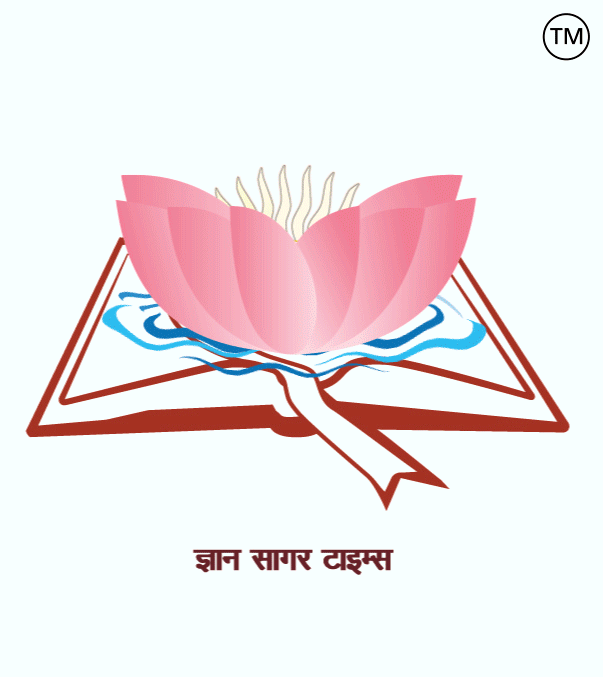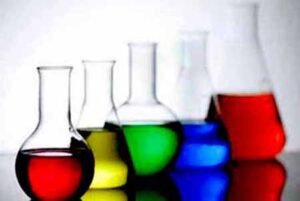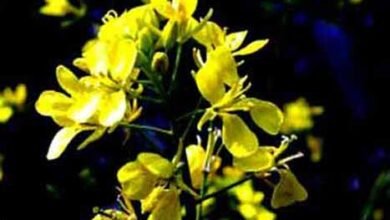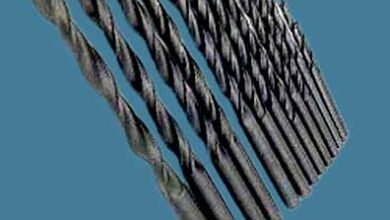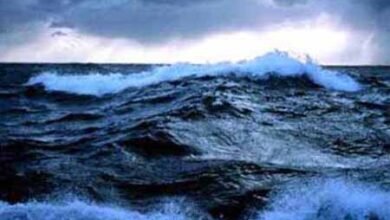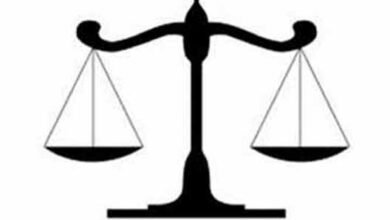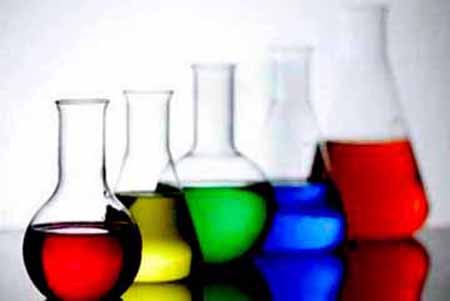
Related to Chemistry- 194.
|
1. Which compound is not a Lewis acid? = Barium chloride (BaCl2). 2. Who discovered potassium? = Sir Humphry Davy. 3. How many atoms are there in one mole of gas at STP? = 6.022 x 1023. 4. Which contributes the most to the salinity of sea water? = Sodium Chloride (NaCl). 5. Which chemical is used in detergent powder? = Surfactant and sodium carbonate. 6. Which chemical is present in the molecule of chlorophyll? = Magnesium (Mg). 7. Which metal is protected by its own oxide? = Aluminium (Al) metal. 8. The process of change from liquid to gas is called? = Vaporization. 9. What is used to prevent rusting of Iron ore? = Paint, grease, oil or galvanization (zinc coating). 10. What are the properties of alkali metals? = High reactivity, low density, low melting and boiling point. 11. In any compound, elements are always present in a definite ratio of which? = Mass. 12. Which of the alloys is called amalgam? = Mercury. 13. Which of the elements has greater atomic number than fluorine? = Neon. 14. Which substance is very hard and ductile? = Tungsten/ Nichrome. 15. The popular name of ascorbic acid is? = Vitamin C. 16. On what does the energy of an ideal gas depend? = Temperature. 17. What is formed when magnesium is burnt? = Magnesium oxide (MgO) as white powder or ash. 18. Which chemical is present in vinegar? = Acetic acid. 19. What is formed when two or more pure substances are mixed in any ratio? = Mixture. 20. Elements that have properties of both metals and non-metals are called? = Metalloid. 21. On what does the chemical behaviour of an atom depend? = Will depend on the number of valence electrons. 22. On what do the chemical properties of an element depend? = Depends on its electronic configuration specially valence electrons in its outermost shell. 23. Who propounded the principle of uncertainty? = Werner Heisenberg. 24. What determines the chemical properties of an element? = Electronic configuration specially arrangement of valence electrons. 25. How many isotopes does hydrogen have? = Three isotopes (Protium, Deuterium, and Tritium).
Prof. Amarendra Kumar. =========== ============== ============ रसायन विज्ञान से संबंधित– 194. 1. कौन सा यौगिक लुईस अम्ल नहीं है? = बेरियम क्लोराइड (BaCl2). 2. पोटेशियम की खोज किसने की थी? = सर हम्फ्री डेवी. 3. एस.टी.पी. पर एक मोल गैस में कितने परमाणु होते हैं? = 6.022 x 1023. 4. सागरीय जल की लवणता में किसका अधिकतम योगदान होता है? = सोडियम क्लोराइड (NaCl). 5. डिटर्जेंट पाउडर में किस रासायन का प्रयोग किया जाता है? = सर्फेक्टेंट और सोडियम कार्बोनेट. 6. क्लोरोफिल के अणु में कौन सा रासायन मौजूद होता है? = मैग्नीशियम (Mg). 7. कौन-सा धातु अपने ही ऑक्साइड से रक्षित होता है? = एल्युमिनियम (Al) धातु. 8. तरल से गैस में परिवर्तन की प्रक्रिया को कहते हैं? = वाष्पीकरण. 9. आयरन अयस्क को जंग लगाने से रोकने लिये किसका प्रयोग किया जाता है? = पेंट, ग्रीस, तेल या गैल्वनीकरण (जिंक कोटिंग). 10. क्षारीय धातुओं का गुण होता है? = अत्यधिक अभिक्रियाशील, कम घनत्व, कम द्रवणांक एवं क्वथनांक. 11. किसी भी यौगिक में तत्व सदैव एक निश्चित अनुपात में क्या मौजूद होता है? = द्र्व्यमान. 12. मिश्र धातुओं में किसे अमलगम कहा जाता हैं? = पारा (मर्करी). 13. तत्वों में से किसकी परमाणु संख्या फ्लोरीन की तुलना में अधिक होता है? = नियोन. 14. वो कौन सा पदार्थ है जो बहुत ही कठोर और तनय होता है? = टंगस्टन / निक्रोम. 15. एस्कार्बिक एसिड का लोकप्रिय नाम है? = विटामिन सी. 16. आदर्श गैस की ऊर्जा किस पर निर्भर करती है? = तापमान. 17. मैगनीशियम को जलाने पर क्या बनता है? = मैग्नीशियम ऑक्साइड का राख या भस्म (Ash). 18. सिरका में कौन-सा रासायन मौजूद होता है? = एसिटिक एसिड. 19. दो या दो से अधिक शुद्ध पदार्थों को किसी भी अनुपात में मिलाने पर क्या बनता है? = मिश्रण. 20. ऐसे तत्व जिनमें धातु और अधातु दोनों के गुण पाये जाते हैं, उसे? = उपधातु. 21. किसी परमाणु का रासायनिक व्यवहार किस पर निर्भर करता है? = भैलेंस इलेक्ट्रॉन्स की संख्या पर निर्भर करेंगे. 22. किसी तत्व के रासायनिक गुण किस पर निर्भर करते हैं? = इलेक्ट्रॉनिक विन्यास खासकर सबसे बाहरी कक्षा में भैलेंस इलेक्ट्रॉन्स. 23. अनिश्चितता के सिद्धान्त का प्रतिपादन किसने किया था? = वर्नेर हाइजेनबर्ग. 24. किसी तत्व के रासायनिक गुण कौन तय करता है? = इलेक्ट्रॉनिक विन्यास खासकर भैलेंस इलेक्ट्रॉन्स की सजावट. 25. हाइड्रोजन के समस्थानिकों की संख्या कितनी होती हैं ? = तीन समस्थानिक (प्रोटियम, ड्यूटेरियम, और ट्रिटियम).
Prof. Amarendra Kumar.
|

